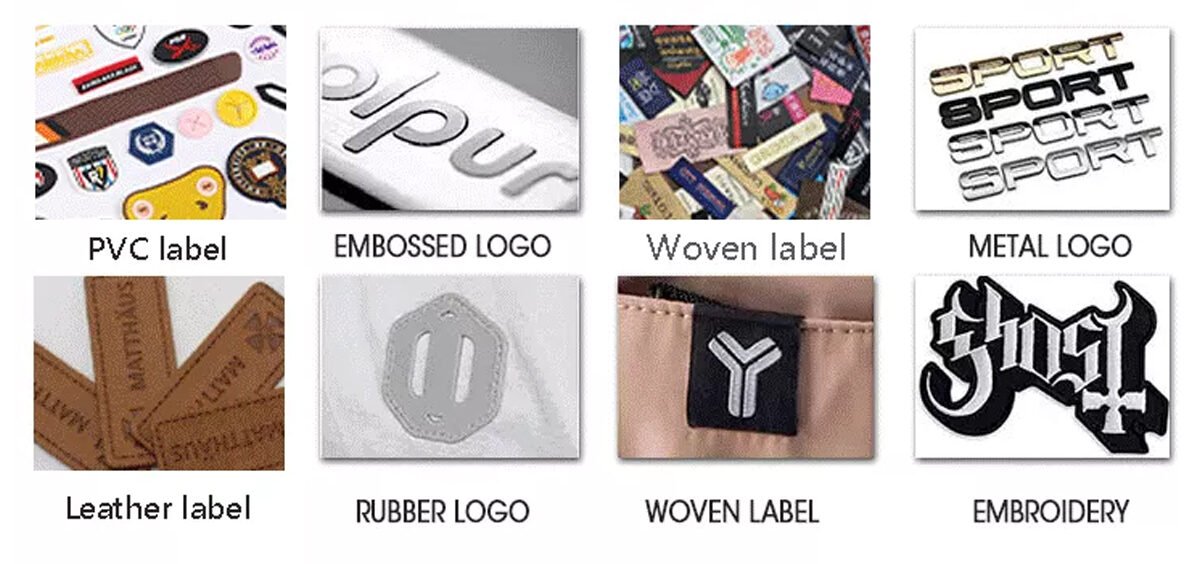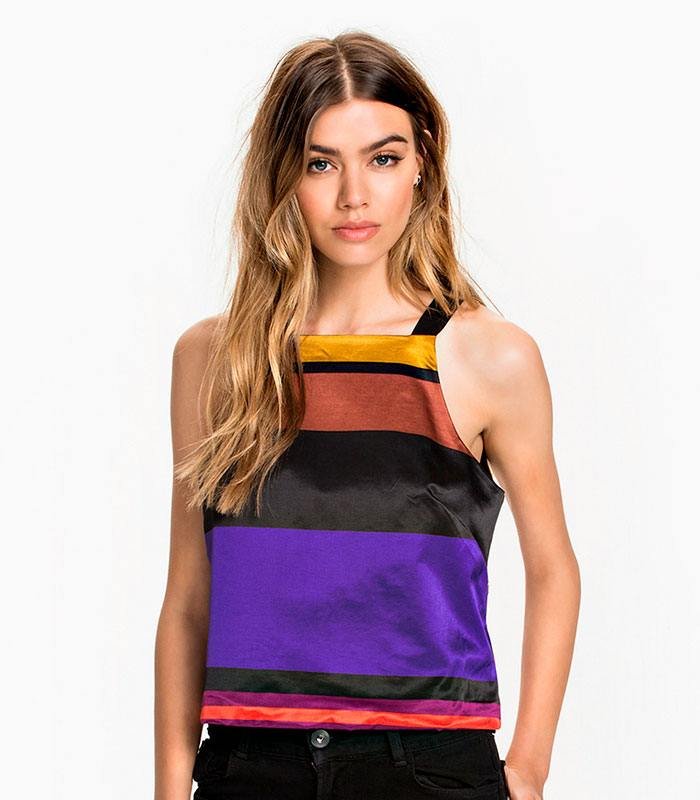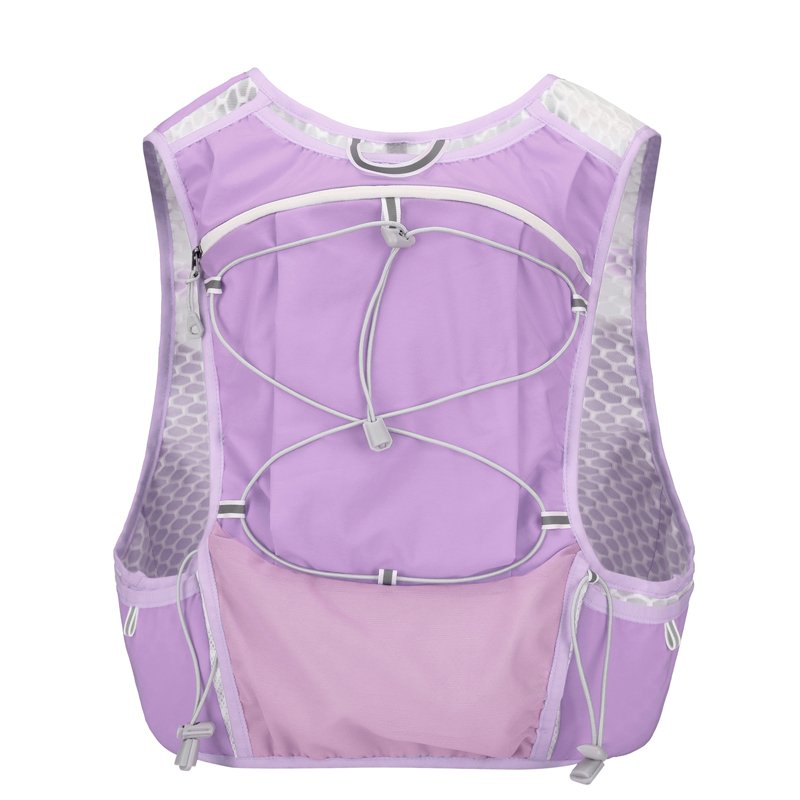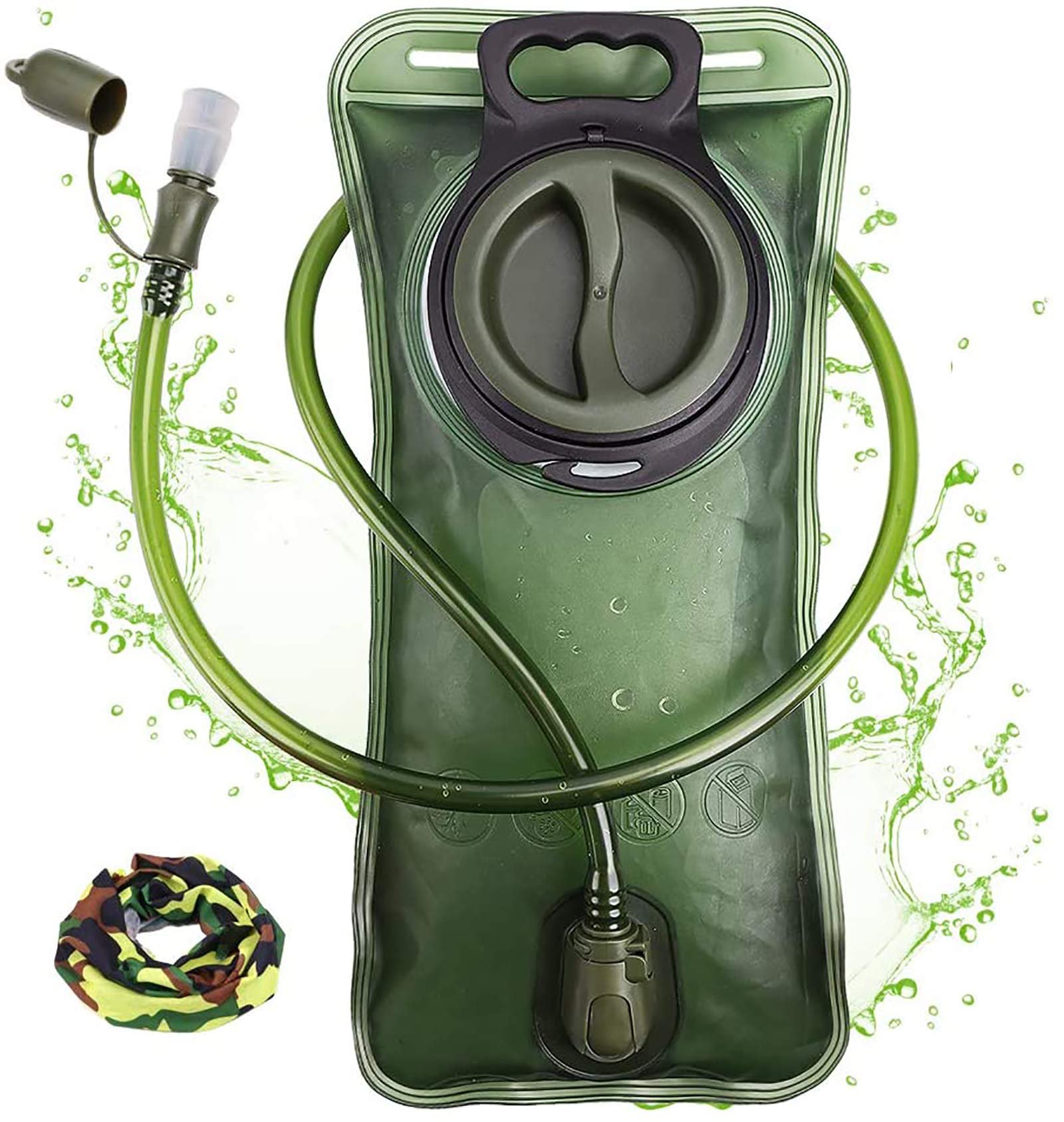Premium Customization
Transform your brand with expert customization services
- Logo Design
- Color Matching
- Packaging Design
Premium Logo Design
Create a distinctive brand identity with our custom logo designs, tailored to reflect your brand's personality and values.
Custom Brand Identity
Unique designs that capture your brand's essence and stand out in the market
Versatile Formats
Logo files optimized for print, digital, and merchandise applications
Brand Guidelines
Comprehensive usage guidelines to maintain consistency across all platforms
Logo Design Styles

Versatile Logo Options
Our design team creates logos that work seamlessly across all brand touchpoints, from digital platforms to physical merchandise.
Color Matching
Select your exact color using Pantone codes or visual color picker.
Pantone Matching Guarantee
We use state-of-the-art technology to ensure precise matching of your selected Pantone colors across all products.
Color Reference
Plastic Packaging Materials
Explore the seven most commonly used plastic materials for packaging applications.
1. Polyethylene (PE)
The most widely used plastic packaging material, divided into Low-Density PE (LDPE) and High-Density PE (HDPE).
- LDPE: Used for plastic wrap, food bags, garbage bags, etc., with good flexibility and toughness.
- HDPE: Used for shopping bags, plastic bottles, etc., with higher strength and heat resistance.
2. Polypropylene (PP)
Commonly used for food containers, bottle caps, toys, etc., with good heat resistance and chemical corrosion resistance.
3. Polyvinyl Chloride (PVC)
Used in building materials, medical devices, packaging materials, etc. Caution is needed due to potential health risks from plasticizers.
4. Polyethylene Terephthalate (PET)
Used for beverage bottles, food packaging, etc., with good transparency and barrier properties.
5. Polystyrene (PS)
Used for disposable tableware, foam packaging, etc. Fragile and not easily degradable, posing environmental challenges.
6. Nylon (PA, Polyamide)
Used in composite packaging bags, with high strength, puncture resistance, and oil resistance. Ideal for food packaging to preserve aroma and moisture.
7. Composite Films (e.g., CPP/PE, PET/PE)
Combines two or more plastic materials to achieve multiple excellent properties such as high transparency, high barrier, and good heat-sealing performance. Commonly used in food packaging and composite bags.
Material Selection Guide
Choose the right plastic packaging material based on your specific requirements and application needs.
Factors to Consider:
- Product compatibility (food safety, chemical resistance)
- Environmental conditions (temperature, humidity)
- Desired shelf life and protection requirements
- Cost considerations and budget constraints
- Environmental impact and sustainability goals
Common Applications:
- Food and beverage packaging
- Pharmaceutical and medical packaging
- Consumer goods and retail packaging
- Industrial and chemical packaging
- E-commerce and shipping materials
Sustainability Options:
- Recyclable plastics (PET, HDPE, etc.)
- Biodegradable and compostable materials
- Recycled content and eco-friendly blends
- Reduced thickness and lightweight designs
- Reusable and refillable packaging solutions
Get Your Outdoor Gear Quote
Fill out the form below to receive a personalized quote for your outdoor equipment needs.
Processing your request...
Thank You for Your Inquiry!
We've received your request and our team will respond within 24 hours.
Back to WebsiteSomething Went Wrong
Please try again or contact our customer service.


